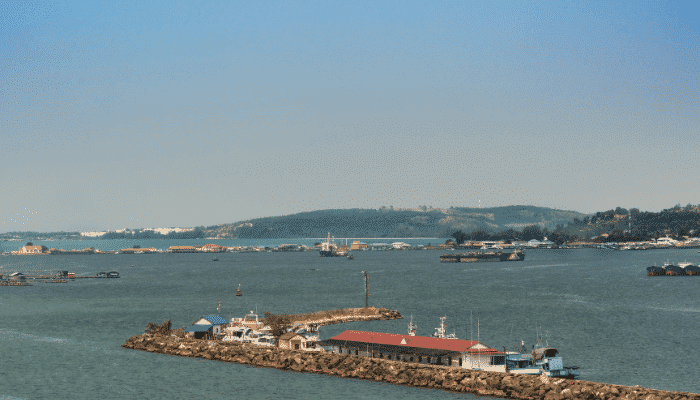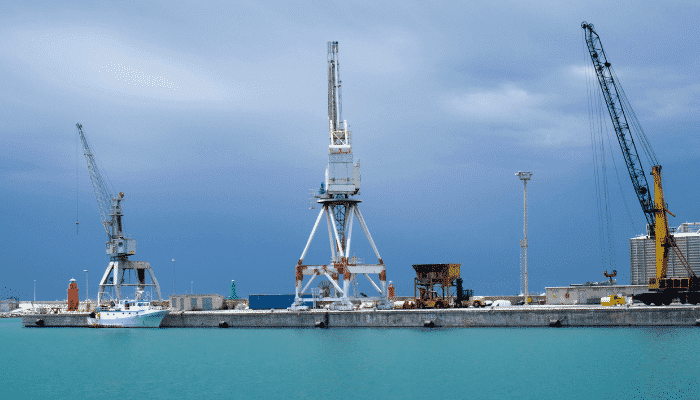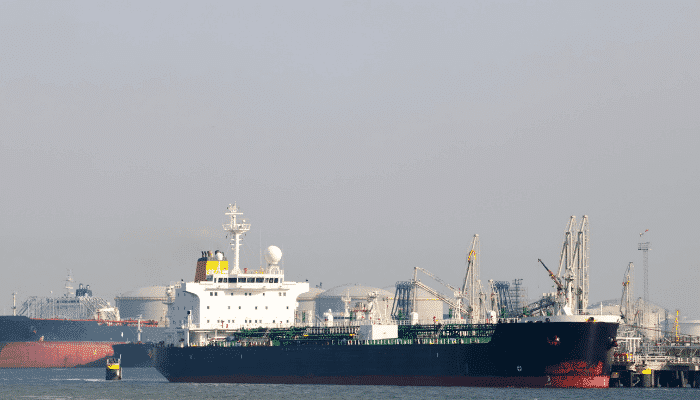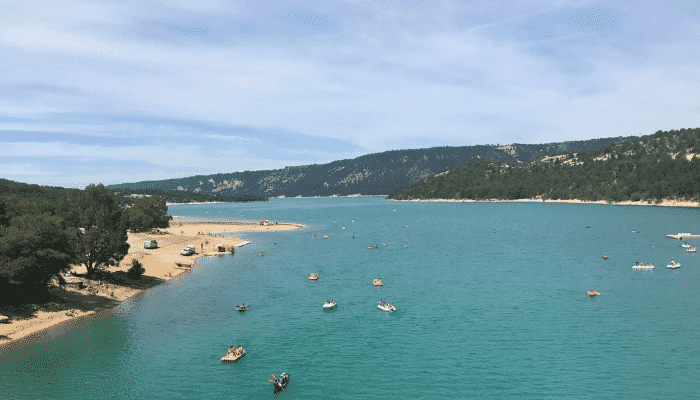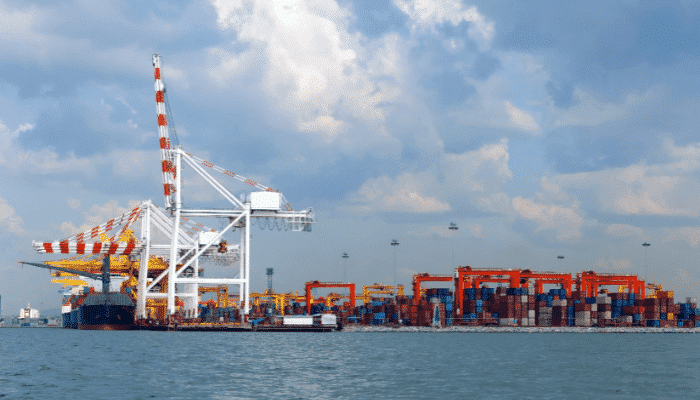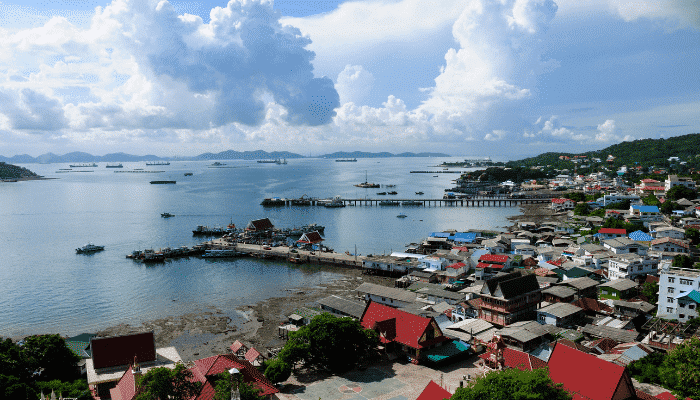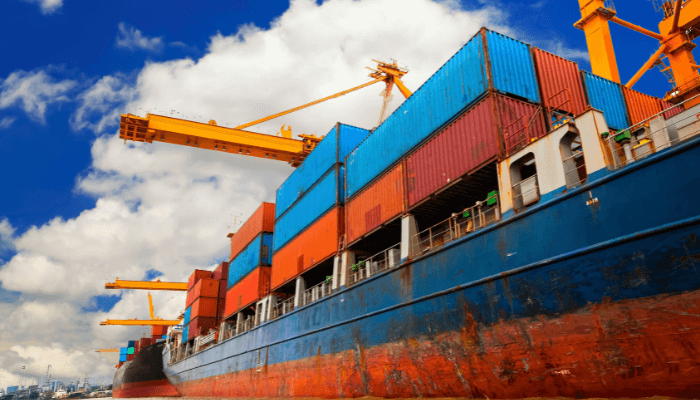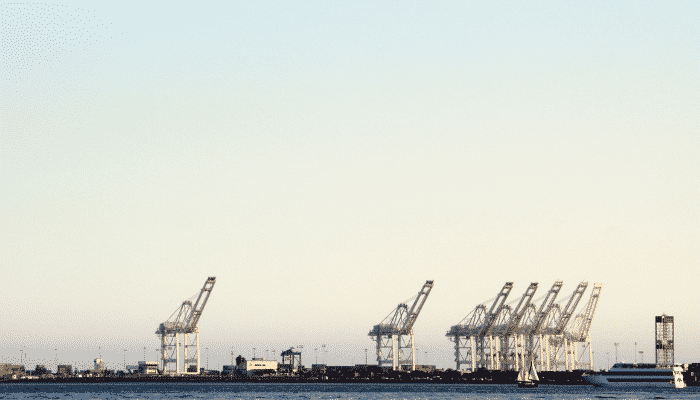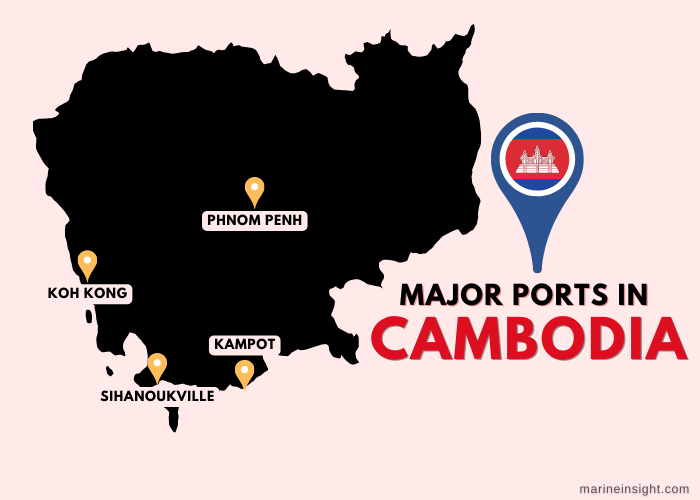4 Major Ports In Cambodia
The Southeast Asian country of Cambodia is a steadily growing economy. The country’s major exports include textiles whereas a majority of people still depend on agriculture to sustain themselves. This is precisely why Cambodia has been labelled as a lower-middle-income country by the World Bank Group.
Cambodia also has a flourishing tourism sector which is the second major contributor to its economy. The nation’s ports such as Sihanoukville has many beaches and is popular tourist destination apart from being the country’s major seaport.
Cambodia has many inland waterways which are used for transporting goods in the interiors. Figures show that Cambodia has about 105 ports, out of which 78 are river ports and 27 are seaports.
These ports are run jointly by the government and the private sector. They are responsible for conducting the majority of the country’s import-export trade. The government is taking many proactive steps to strengthen its maritime sector.
Recently Cambodia’s Ministry of Public Works and Transport held a meeting to further improve the draft of port laws.
These laws would provide a more stringent and organised framework for the development of port infrastructure, services and maintenance, promotion of international trade, uphold environmental regulations at the country’s ports and so on.
In this article, let us look at some important ports in Cambodia.
Sihanoukville Autonomous Port
Sihanoukville is the premier port of Cambodia. It is near Kampong Som Bay and spans 125 hectares. It is strategically located and aids in smooth trading operations.
The port’s advantageous position makes it the busiest port in the country. It has deep waters and numerous small islands nearby which shelter it from strong winds and high waves. It does not need to be dredged regularly either.
The port is well connected with roads and railways. After completing all the formalities, the imports are loaded into trucks and trains and then transported for distribution in the interior regions.
The port handles bagged cargo, ro-ro, fuel and steel products majorly. It was built in 1956 and since then it has seen many developments.
The annual capacity of the port is 3,425,919 million tonnes and is refurbished with the latest port equipment. It can handle ships weighing around 20,000 DWT and container ships with a capacity of 1600 TEUs.
The government body, Sihanoukville Autonomous Port oversees and manages the port operations and port equipment. Ships can conveniently come to the docks during monsoons as well as summers. It has five tugboats with 6,700 HP to aid the vessels into the respective wharves. The port also has a mooring boat.
The port has two conventional berths measuring 290 meters and can accommodate vessels with a draft of not more than 9 meters. It also has 5 berths, 750 m long for handling containers.
It also has a 54 m long oil jetty, 1 pontoon and two passenger terminals measuring 290 meters, capable of handling ships with a draft of 8.50 meters. The berths 1 and 3 are situated at the western part of the port, berths 2 and 4 at the eastern side, and berths 5 to 9 near the main port area.
The port has the most modern equipment. It has 2 dockside gantry cranes with a capacity of lifting 30.5 million tonnes. It also has 7 rubber-tired gantry cranes, 3 mobile cranes, 7 shore cranes, 9 reach stackers, 8 forklifts and 35 trailers as well.
The port has huge storage space including a container storage area measuring 45,000m2 which can store about 5,300 TEUs. It also has a warehouse spanning 36,000m2 with a total capacity of 72,000 tonnes. There are also facilities for cold storage of reefer containers but not grain and bulk food.
A multipurpose terminal
The port has gained international recognition due to its efficient and reliable services. The government of Cambodia has opened a multipurpose terminal at the port to meet the needs of the local port operators and also to meet international demands. This has boosted port productivity manifold.
This multipurpose terminal has two areas.
Dry cargo terminal
The first is the Dry cargo terminal measuring 330 meters. It has a 24,750 m2 storage space for dry cargo.
Oil terminal
The second is the oil terminal which serves as a logistics depot too. It is 200 m long and 40,000m2 deep. It can receive ships 24 hours a day.
The oil is released from the tankers and goes to the terminal via the pipelines at a capacity of 800m3 per hour. This terminal is a new addition and was completed in 2017.
Main storage terminal
There is also the main storage terminal which has the most modern management system for storage and vessel planning. This terminal has 6 facilities. It has a 6000m2 storage space for bagged cargo, a container yard for refrigerated goods, and 4 warehouses spanning 30,000m2 for storing general bulk goods.
The port has grown the most in the last five years. The cargo inflows and outflows have increased by 10%. In 2015, the total volume of cargo handled was about 3.9 million tons apart from 392,000 TEU’s of containerized goods.
Numerous services are offered at the port, some by government agencies and others by private operators. For instance, the government agency known as ‘KAMSAB’ is responsible for customs clearance and other procedures requiring government permission. This agency offers shipping, passenger and logistics support.
Another public body called ‘CAMCONTROL’ inspects and oversees trade activities at the port so that trade regulations are upheld and also keeps a check on trade goods. It is also answerable to the consumers hence it ensures the safety of goods to safeguard people’s health.
One of the problems faced by the port is congestion. It usually receives many ships on weekends which sometimes slows the loading and unloading operations. This is something the authorities should look into.
Secondly, the port infrastructure needs some maintenance. The Asian Development Bank has invested in the port. It has brought in a forklift truck, repaired the old dock, brought a new navigation system and also called for allowing night navigation services as presently, only day navigation service is available.
The storage spaces need new lights so they can be accessed at night. The port does not have a dockside crane and so it can transfer only 200 containers in a day. The warehouses also do not operate at their maximum capacity because they have leaking roofs.
Pointe du depart
It is a part of the Kampong Som port region, situated 180 km from Phnom Penh in the southwest. The sea is in the northwest and this port region is near Sihanoukville.
Port of Phnom Penh
The Autonomous port of Phnom Penh is in Phnom Penh city which is Cambodia’s capital. The port is 2 km away from the Mekong River junction and is accessible via the delta region of Vietnam.
It is Cambodia’s river port and receives ships coming from the South China Sea and is quite close to Singapore.
The port can accommodate ships weighing 2000 DWT and on days with high tides, those weighing around 5000 DWT can also pass through the mouth of the Mekong River.
However, dredging has to be done in the navigation channels regularly for 5000 DWT ships to reach the port. Around 160 ships visit Phnom Penh port each year.
The port is divided into two areas called Port 1 and Port 2.
Port 1
Also known as the main port, it has a dock measuring 185 meters and also three pontoons for ships headed to the seas. It has two berths – namely berths 4 and 5 which can handle vessels weighing 2000 DWT and 5000 DWT. The total annual capacity of the port is 150,000 tonnes.
A 540 m long pontoon serves the few riverine vessels and small boats carrying around 500-2000 tonnes.
This port has 12 depots spanning 2800 sq m with a storage capacity of 6000 tonnes. It has an open storage space measuring 4,300 sq m and also another warehouse comprising 14 sheds capable of storing 75,000 tonnes plus 8 sheds that can keep 4000 tonnes of goods.
Port 2
The second port is located in the southern portion of the port. It has two steel pontoons. However, this port is not easily accessible given its location which faces changes in water level. So only bagged goods and lighter cargo is handled at this port.
This port is being refurbished with financial support from the Japanese government. Once rebuilt, the port’s capacity would be 567,000 tonnes and would be mainly used for conducting inland trade.
There is also a Container Terminal (LM17) in the Kandal Province, about 30 km from Phnom Penh. It handles containers and bulk goods. The Multipurpose terminal deals with only heavy cargo such as imported vehicles and steel products. Grain handling and storage facilities are not available at this port. Also, 2 huge warehouses are being built to increase the port’s storage capacity.
The port equipment includes 3 mobile cranes, 2 travelling cranes, 11 forklifts with a capacity of 4 to 25 million tonnes. It also has 6 trailers and 10 trucks. A storage space measuring 19,200m2 is also situated near the wharf, capable of storing 1500 TEUs. However, there are no facilities for cold storage.
In 2015, the port handled 145,813 million tonnes of container traffic. Also, the total cargo in the same year amounted to 1,496,528 million tonnes, including oil, containers and general goods.
Apart from trade, the port of Phnom Penh is also a popular tourist spot. The port has beautiful colonial buildings, wide paved roads and a picturesque waterfront that has many restaurants and bars. Also, nearby is the royal palace, the silver pagoda and the temple of the Emerald Buddha.
The place has a rich history and also has a national museum, and a Buddhist stupa. Cruises from this port to Mekong island are a must trip for every traveller coming here.
Port of Koh Kong
The Koh Kong port is near the border of Thailand and is only accessible to small ships weighing about 500 DWT. It is a provincial port and receives ships from Singapore, Malaysia and Thailand.
The province of Koh Kong is not connected with the country by roads and only road 43 can be used by motorbikes.
Hence, after getting clearance, the ships go to another inland port at al Sre Ambel, that can accommodate ships carrying only 150 to 130 tonnes.
This means that the ships arriving at Koh Kong have to transfer the cargo into even smaller vessels before it can be sent into the interior for distribution.
Koh Kong has limited services and is quite congested. There are storage facilities at this port and it is a famous fishing hub too. About 16,000 tonnes of fish were exported from this port to Thailand in the 1990s.
Kampot Port
This minor port is situated in the town of Kampot. It used to be an important port till 1974 however, now it handles only light cargo. It is accessible through two main channels which are 10 m deep. The southern channel can handle ships with 4.6 m drafts. It has a wooden dock which is used by very small boats carrying around 30 to 40 tonnes. This port is used for inland trade and for receiving goods from Thailand. It is not an international port.
Port of Phsar Ream
It is located near the Gulf of Thailand with an anchorage depth of 11.5 to 12 meters. It is a small port and has one berth which is 4.6 m deep. It can accommodate ships measuring 500 feet. It handles trade with neighbouring regions and also some internal trade.
Other ports
There are other minor river ports in Cambodia such as the Oknha Mong Port which receives general cargo. The port of Kompong Cham situated along the Mekong River handles internal trade. In the Takeo province, there is a minor port called Kompong Ampl which handles an ample amount of trade with Vietnam.
The Kampot port is being expanded and the government is also developing new ports in Kirisakor, an international port in the province of Preah Sihanouk and a tourist port in the province of Kep.
You might also like to read:
- 5 Major Ports Of Vietnam
- 9 Major Ports In Bangladesh
- 8 Major Ports In Pakistan
- 6 Major Ports in Turkey
- 7 Major Ports of South Africa
- 5 Major Ports in Montenegro
Disclaimer: The authors’ views expressed in this article do not necessarily reflect the views of Marine Insight. Data and charts, if used, in the article have been sourced from available information and have not been authenticated by any statutory authority. The author and Marine Insight do not claim it to be accurate nor accept any responsibility for the same. The views constitute only the opinions and do not constitute any guidelines or recommendations on any course of action to be followed by the reader.
Do you have info to share with us ? Suggest a correction
Latest Maritime Knowledge Articles You Would Like:
Subscribe To Our Newsletters
By subscribing, you agree to our Privacy Policy and may receive occasional deal communications; you can unsubscribe anytime.



